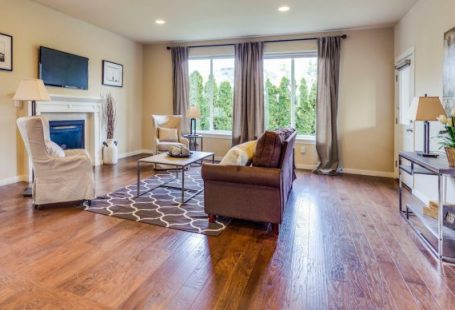Bamboo flooring has gained popularity in recent years as an eco-friendly and sustainable alternative to traditional hardwood floors. But what are the pros and cons of bamboo flooring? In this article, we will explore the advantages and disadvantages of choosing bamboo flooring for your home.
Pros of Bamboo Flooring
1. Sustainability: One of the biggest advantages of bamboo flooring is its sustainability. Bamboo is a fast-growing grass that can reach maturity in as little as three to five years. In comparison, hardwood trees can take decades to reach maturity. By choosing bamboo flooring, you are supporting a renewable resource and reducing the demand for old-growth forests.
2. Durability: Despite being a grass, bamboo is incredibly strong and durable. In fact, bamboo flooring is often harder than many hardwood options, making it less prone to dents and scratches. This durability makes bamboo flooring an excellent choice for high-traffic areas in your home, such as hallways and living rooms.
3. Easy Maintenance: Bamboo flooring is relatively easy to maintain. Regular sweeping or vacuuming and occasional mopping with a damp cloth are usually sufficient to keep bamboo floors looking their best. Additionally, bamboo is naturally resistant to moisture and stains, which can be a significant advantage in areas prone to spills or accidents.
4. Aesthetics: Bamboo flooring offers a unique and exotic look that can add a touch of elegance to any space. Available in a variety of colors and finishes, bamboo floors can complement a wide range of interior design styles, from modern to traditional.
Cons of Bamboo Flooring
1. Vulnerability to Moisture: While bamboo is naturally resistant to moisture, excessive exposure to water can cause it to warp or swell. This vulnerability makes bamboo flooring less suitable for areas with high humidity, such as bathrooms or basements, unless it is properly sealed and maintained.
2. Susceptibility to Scratches: Despite its durability, bamboo flooring can still be susceptible to scratches and dents, especially in high-traffic areas. It is essential to take precautions, such as using furniture pads and avoiding dragging heavy objects, to minimize the risk of damage.
3. Limited Color Options: Although bamboo flooring is available in various colors and finishes, the range is still more limited compared to hardwood options. If you are looking for a specific shade or pattern, you may need to explore other flooring materials.
4. Cost: While bamboo flooring is generally more affordable than traditional hardwood floors, it can still be more expensive than other types of flooring, such as laminate or vinyl. The cost of bamboo flooring can vary depending on factors such as quality, finish, and installation method.
In conclusion, bamboo flooring offers several advantages, including sustainability, durability, easy maintenance, and aesthetic appeal. However, it also has some drawbacks, such as vulnerability to moisture and scratches, limited color options, and higher cost compared to other flooring materials. Ultimately, the decision to choose bamboo flooring depends on your specific needs and preferences. If you value sustainability and want a unique and durable flooring option, bamboo flooring may be the perfect choice for you.






